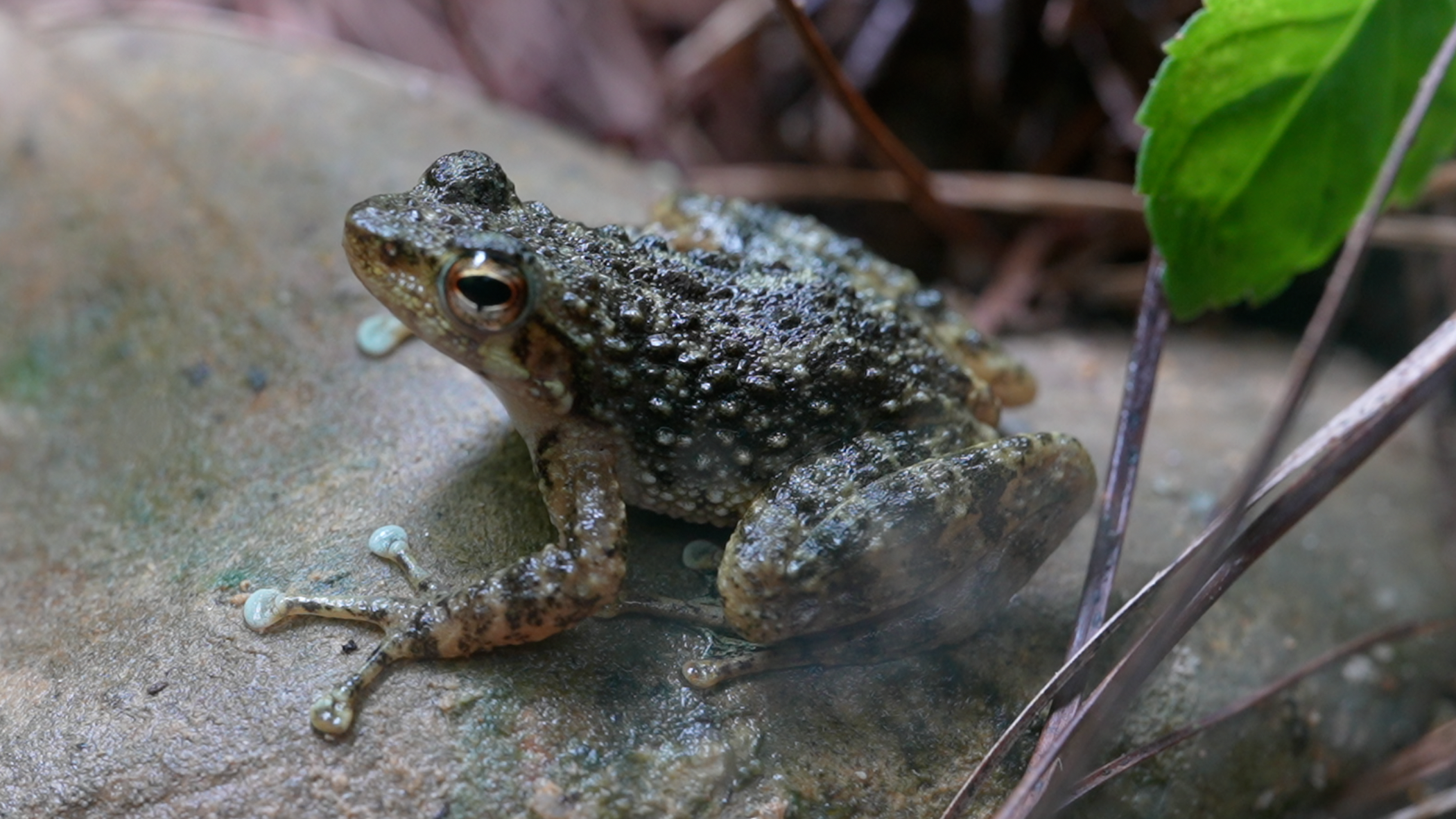Editor’s note: “Shared by Nature” invites experts and scholars from around the world to share their knowledge of major issues in nature, such as climate change, biodiversity conservation and environmental protection. Wang Jichao, a professor at the College of Life Sciences at Hainan Normal University, shared some opinions with CGTN Nature about the first ecological corridor for amphibians beneath Hainan’s round-the-island tourist highway, as well as biodiversity conservation behind this project.
The round-the-island tourist highway in south China’s Hainan Province will link existing roads in 12 coastal cities and counties to boost tourism. The highway passes through diverse landscapes, including cliffs, wetlands and estuaries.
During the construction process, the team at the Danzhou Section discovered that the site is adjacent to an area of amphibian habitat where different frog species live. After consulting with local authorities and scholars, the team built a “frog walk” – an ecological corridor with rocks, stairs and water plants that allow the amphibians to pass safely.
As an ecological consultant, Professor Wang Jichao participated in constructing Hainan’s round-the-island tourist highway. He helped the construction team choose the highway route to avoid important wildlife habitats.
“I think the construction of such an ecological corridor is necessary to protect amphibians living in certain areas. More importantly, through the demonstration effect of this project, more people will begin to care about biodiversity conservation,” he said.
““Amphibians and reptiles, compared to birds and mammals, may not get the same attention from the public. But in fact, this group of animals in the composition of biodiversity plays a very important role,” he added.
Hainan is rich in biodiversity and is home to over 40 amphibian species. Such a corridor could reduce the death toll of amphibians trying to cross the road and further provide protection for these animals, especially the rare species, Wang emphasized.
He also pointed out some reasons leading to the decrease in the amphibian population, such as variations in water quality and temperature and climate change. During years of observation in the wild, Wang discovered that the numbers are decreasing of a frog species named Amolops torrentis, commonly known as the little torrent frog that lives in streams in Hainan.
“In the past, during the breeding season, hundreds of frogs could be seen in a stream with a span of just a hundred meters. And three or four individuals would be sitting on a rock in water. However, after years, it is obvious to see that the number of this species is rapidly declining,” Wang said.
But how do humans reverse this trend as the global climate changes?
“There is a limit to what human beings can do about it. Human power is sometimes very limited in front of nature,” he said.
(Videos edited by CGTN’s Xu Wen; Cover image designed by CGTN’s Xing Cheng)
(If you want to contribute and have specific expertise, please contact us at nature@cgtn.com.)





